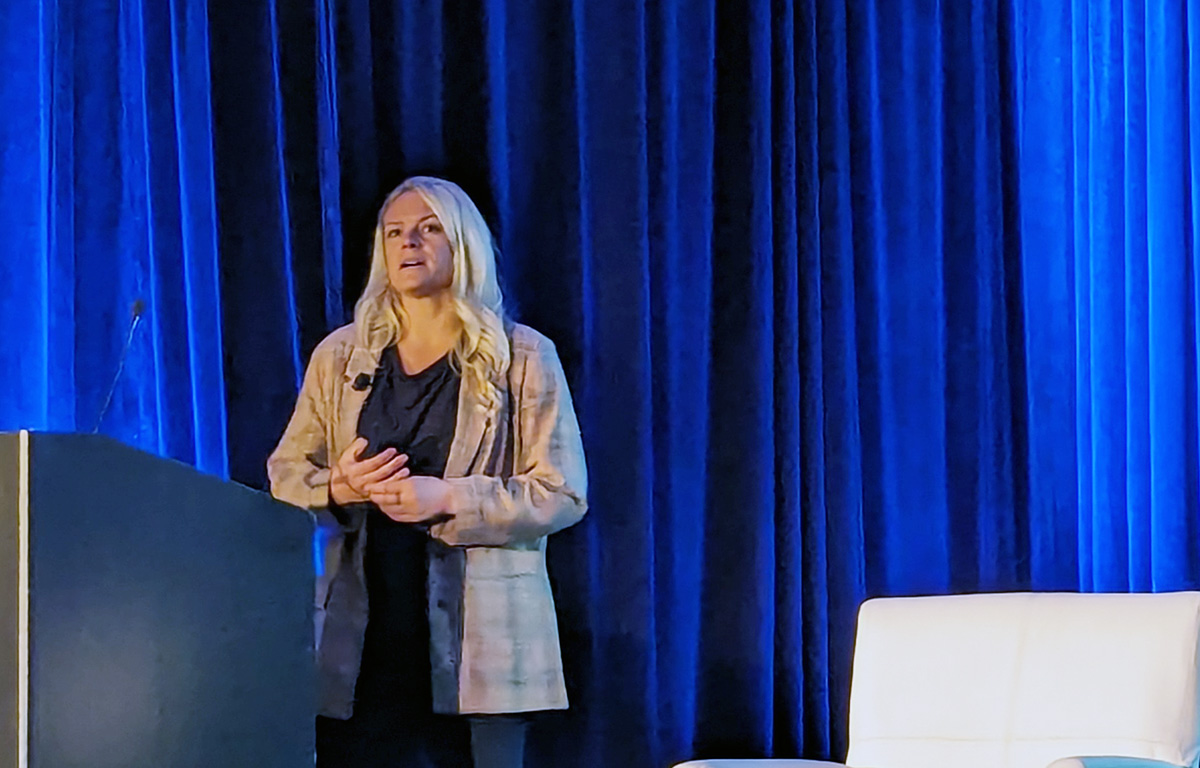In just over a year, artificial intelligence (AI) programs like ChatGPT, Midjourney, Bard, and more have gone from a novelty to a viable tool for an array of industries – and the seafood industry could capitalize on them to increase sales and target more customers.
The use of AI is not new to the seafood industry but typically is relegated to uses in the aquaculture industry. An analysis by ThisFish CEO and Co-Founder Eric Enno Tamm – shared during Seafood Expo Asia in September 2023 – found the vast majority of AI use in the seafood industry takes place in aquaculture. Tamm said most of the investment is in aquaculture as well, and that the uses of AI are typically relegated to machine vision technology – programs that use machine learning and AI to analyze video or images.
Those programs analyze images to generate data for companies – in most instances, the machine vision analyzes how fish swim and allows companies running aquaculture operations to optimize feeding times or identify problems before they arise.
Native AI Co-Founder and COO Sarah Sanders – speaking during the Global Seafood Market Conference (GSMC) in Orlando, Florida – said her company has been in the AI business for over six years and focuses on the consumer side of an array of industries. That's
“Google search and the ever popular ChatGPT and other conversational AI tools are all powered by NLP, and what it does is it takes large masses of text, it reads it in fractions of a second – something that can take days, weeks, months for us to do internally the old ‘manual’ way,” Sanders said.
Those language models can then analyze that text and pull things “like sentiment, you know happy, delighted, sad, angry, afraid, whatever that might be,” Sanders said.
It can also analyze text and identify the frequency of certain phrases quickly, pulling out specific phrases or suggestions to determine how many times something is mentioned.
“And we train algorithms to do this quite quickly,” Sanders said.
By doing so Native AI and its team have created a number of different algorithms that can analyze wide swaths of data. For GSMC, the data Native AI used was publicly available reviews of an array of seafood items posted on some of the largest retailers in the U.S.: Costco Wholesale, Albertsons, Sam’s Club, Target, Walmart, and Whole Foods. Native AI then used an NLP to analyze 20,000 reviews of popular products to determine the top issues and common perceptions people had. The data revealed seafood shoppers are ...
Photo by Chris Chase/SeafoodSource








